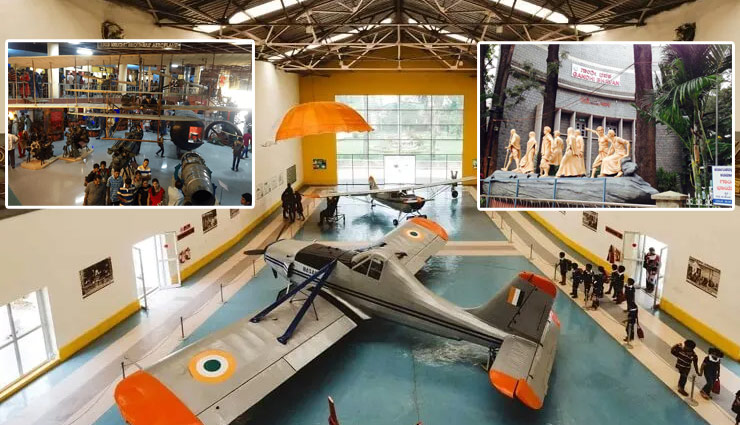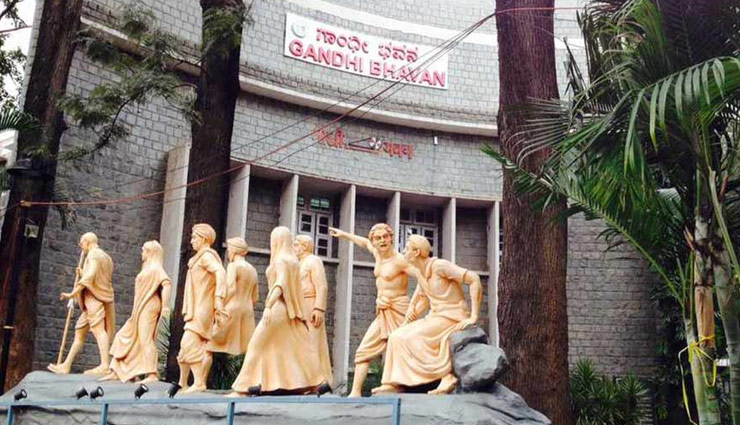

Established in the mid-1930s, the Mahatma Gandhi Museum is one of Mangalore's most esteemed cultural institutions and a top destination for visitors. Situated within the Canara Secondary School Campus, the museum honors Mahatma Gandhi and offers a unique glimpse into a bygone era. The collection includes skeletons, artworks, stones, and various historical artifacts, drawing many visitors as part of Mangalore heritage tours. Inside, you’ll find rare manuscripts and a diverse collection of ancient coins accumulated over a century. The museum also features films that provide a deeper understanding of the traditions and cultures of ancient Indian societies.
The Aloyseum, located within the St. Aloysius College campus, is a notable historical center established in 1913. Initially focused on minerals from Italy, Roman coins, and commemorative medals, it was reorganized in 1955 by Fr. A. Saldanha. The museum now showcases a wide range of artifacts, including Stone Age tools, postal stamps, Roman coins, fragments of the Berlin Wall, artwork by Antonio Moscheni, European paintings, Abyssinian spears and arrows, Neolithic stone axes, telegraphic equipment, Mangalore’s first car and generator, and a whale skeleton. It’s a significant stop on Mangalore tours from Bangalore.
Situated in Dharmasthala, a prominent pilgrimage site near Bangalore, the Manjusha Museum is renowned for its diverse collection of heritage items. The exhibits include ancient manuscripts on palm leaves, silver jewelry, religious artifacts, and everyday items like sewing machines, spectacles, typewriters, and cameras. Additionally, the museum features vintage cars, stone and wooden chariots used in temple processions, and more. The nearby Lord Manjunatha Temple adds to the significance of this destination, making it a key stop on Mangalore pilgrimage tours.
Founded in 1960 and located in the Betta Gudda area of Mangalore, the Seemanthi Bai Museum, also known as the Bejai Museum, is a significant historical site. Formerly the residence of Colonel V. R. Mirajkar, a British Indian Army medical officer, the building and its collection were donated to the Karnataka government and transformed into a museum. Its architectural design, reminiscent of 1930s Milanese structures, houses an extensive array of historical artifacts, including the Bootharathane idol from Tulunadu, stone-age tools, ancient coins, manuscripts, and paintings. The museum also displays porcelain and metal utensils, wooden figurines, weaponry, animal seals, wooden panels, and musical instruments, making it a top attraction in Karnataka.
Established by Father Muller Medical College as part of its centenary celebrations (1910–2010), the Father Muller Museum honors its founder, Father Augustus Muller, a German Jesuit missionary who introduced homeopathic treatment to Mangalore. The museum features Father Muller’s personal belongings, including an old Vatican calendar, his homeopathic textbooks, and marriage grant certificates he issued between 1890 and 1892. It’s a notable stop for those interested in the history of homeopathic medicine and the contributions of Father Muller.